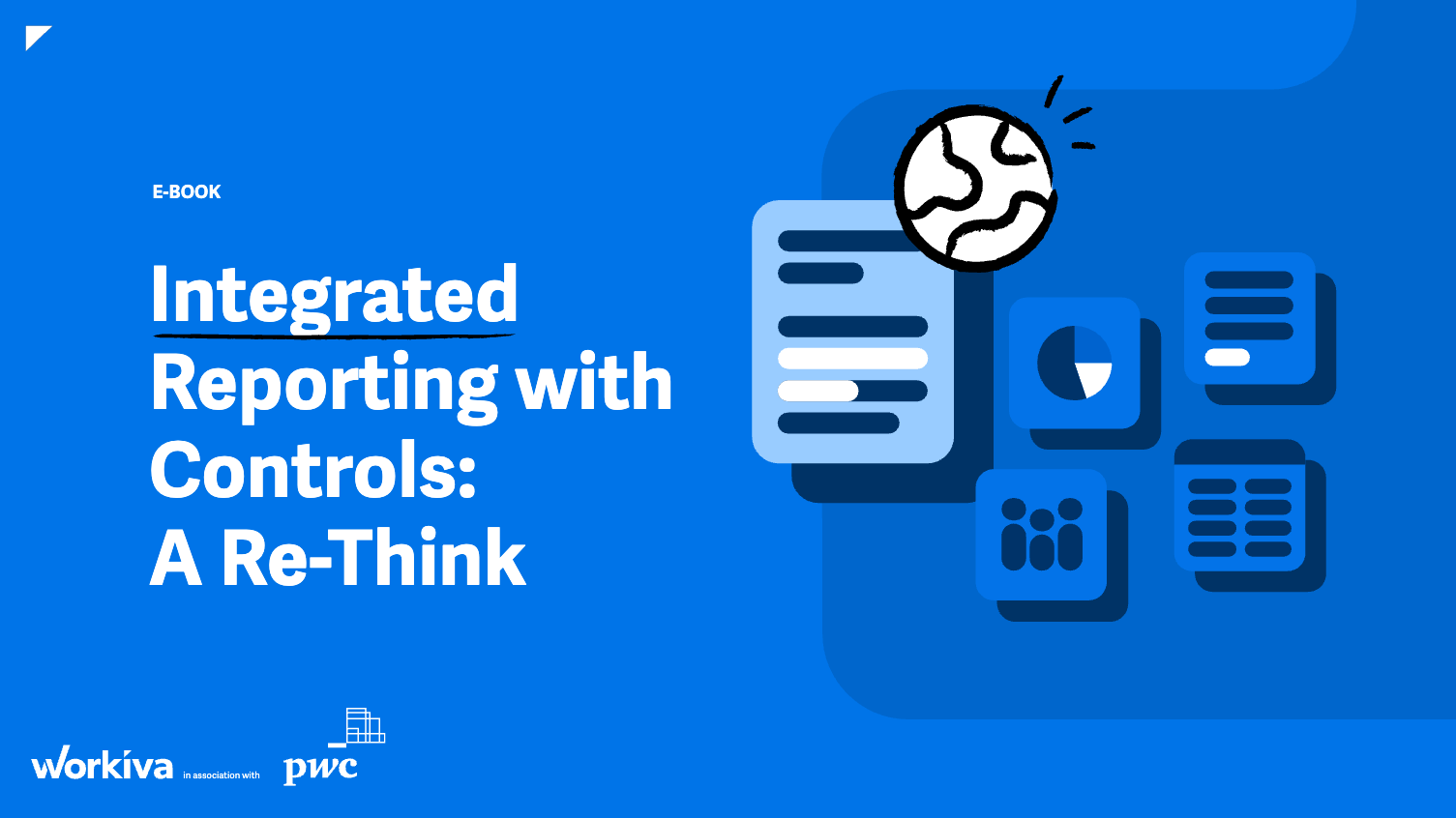The Benefits of Direct Primary Care (DPC)
In the constantly evolving world of healthcare, Direct Primary Care (DPC) offers a unique and meaningful alternative to traditional insurance-based models. It brings a fresh perspective to the doctor-patient relationship by providing quality care at an affordable price. DPC is an innovative model where family physicians charge patients a recurring fee, be it monthly, quarterly, or annually.
Comprehensive Care Services
This fee encompasses most primary care services, such as clinical and lab services, consultative services, care coordination, and comprehensive care management. However, it’s worth noting that certain services may not be included in this fee, and patients are often advised to acquire a high-deductible wraparound policy for emergencies.
Differences from Concierge Care
DPC shouldn’t be confused with concierge care, despite some similarities. The most significant differentiating factors are the lower monthly fees, non-participation in payer programs, and a wider range of services covered by the patient’s membership fees in a DPC model.
Key Features of Direct Primary Care
The DPC model relies solely on patient fees and doesn’t accept insurance or participate in government programs, offering a simplified revenue structure. On the other hand, concierge practices continue to accept insurance plans and government programs and may cater to higher-income populations.
Statistics and Data
According to a 2024 DPC data brief, the average DPC practice patient panel size is around 413 patients. The most common procedures include EKG and biopsy/excisions. With DPC, almost all practices can provide same-day appointments, and monthly membership fees typically range from $50 to $100.
Benefits for Patients and Physicians
DPC offers numerous benefits to both patients and physicians. From the patient’s perspective, DPC provides substantial savings and unprecedented access to their physicians. On the physician’s side, DPC practices allow them to dedicate more time to each patient, decrease their practice’s overhead, reduce administrative burdens, and ultimately lead to high practice satisfaction and low burnout.
Career Opportunities
DPC also opens up new career avenues for family physicians. They can either be employed by a DPC practice or even own one. These practices are present in various geographies and cater to all income levels. They sometimes even contract with local businesses to offer healthcare services to their employees.
Real-World Applications and Impact
To understand the real-world applications and impact of DPC, read about the DPC careers of AAFP members. The evolution of DPC is indeed a testament to the potential of alternative healthcare models that prioritize the patient-physician relationship.






